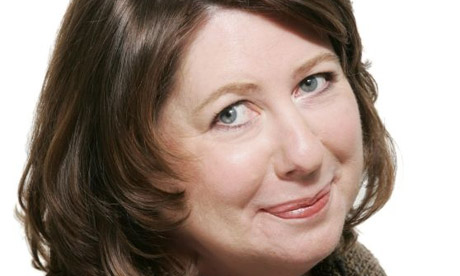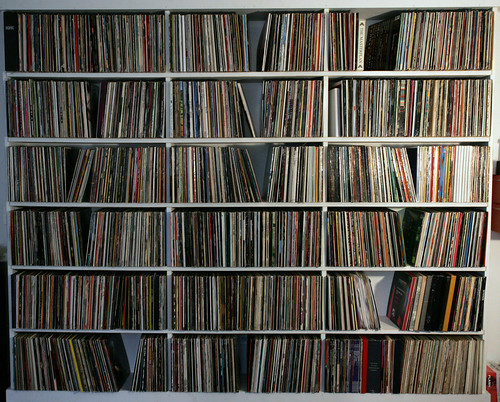I'm still in utter amazement how slow Time Out have been on this, to compound my disappointment they've brought onboard Smirnoff to brand the whole thing. This might make it free to the end user for the first 6 months and therefore help build up a loyal following who can activiely market the app to their friends but this does also erode what I think is one of the key strengths of the Time Out brand, it's impartiality.
Now I appreciate the commercial pressures of a traditional media company, relying on declining revenue from two key sources:
a) subscription and newstand readership of physical magazine
and
b) display advertising revenues (on and offline)
...but jumping into bed with a brand for a limited period in order to create a free app shows a little too much desperation in my view. Whilst 'free' does obviously play a part in creating a successfull app and take up in the short term, it is ultimately the utility that the app provides that will seal it's position in the app store chart in the long term. Don't get me wromg, I appreciate Chris Anderson's opnions on the subject but do we always need to strive towards free at all costs?

If we are to look at The Guardian's recent foray into the world of apps, we see a different approach. The Guardian are dogmatic about free online content but understand that there are environments where a consumer, who has a relationship with the brand, will be happy to part with their cash if they can see the brand is doing more than transferring content from the paper or website and creating something genuinely cool and useful for the out of home or on the underground context. Their range of iphone features seperate this digital offering from the site in a number of ways to offer a totally new experience for the Guardian reader - increasing the value and amount of interaction with the reader. It's still early days but I'm confident that the average Guardian reader will identify that the brand understands what the user does and doesn't want.

What I value both the Guardian and Time Out brands is that I ultimately trust what they say, if I'm looking for restaurant reviews or films to go and see I treat these sites as bastions of quality, intellingent comment. Suddenly teaming up with a drinks brand brings into question (for some) this impartiality and independence which most readers see as the core value of these two publishers.
Free is good, but should never be a sole aim, sweeping all else aside (core brand values included), can't Timeout see why they're the no 1 things to do site? it's because we trust them - this trust is the one thing that differenitates them from the competition, lose this and they're back on a level playing field with a number of inferior, younger competitors.
































